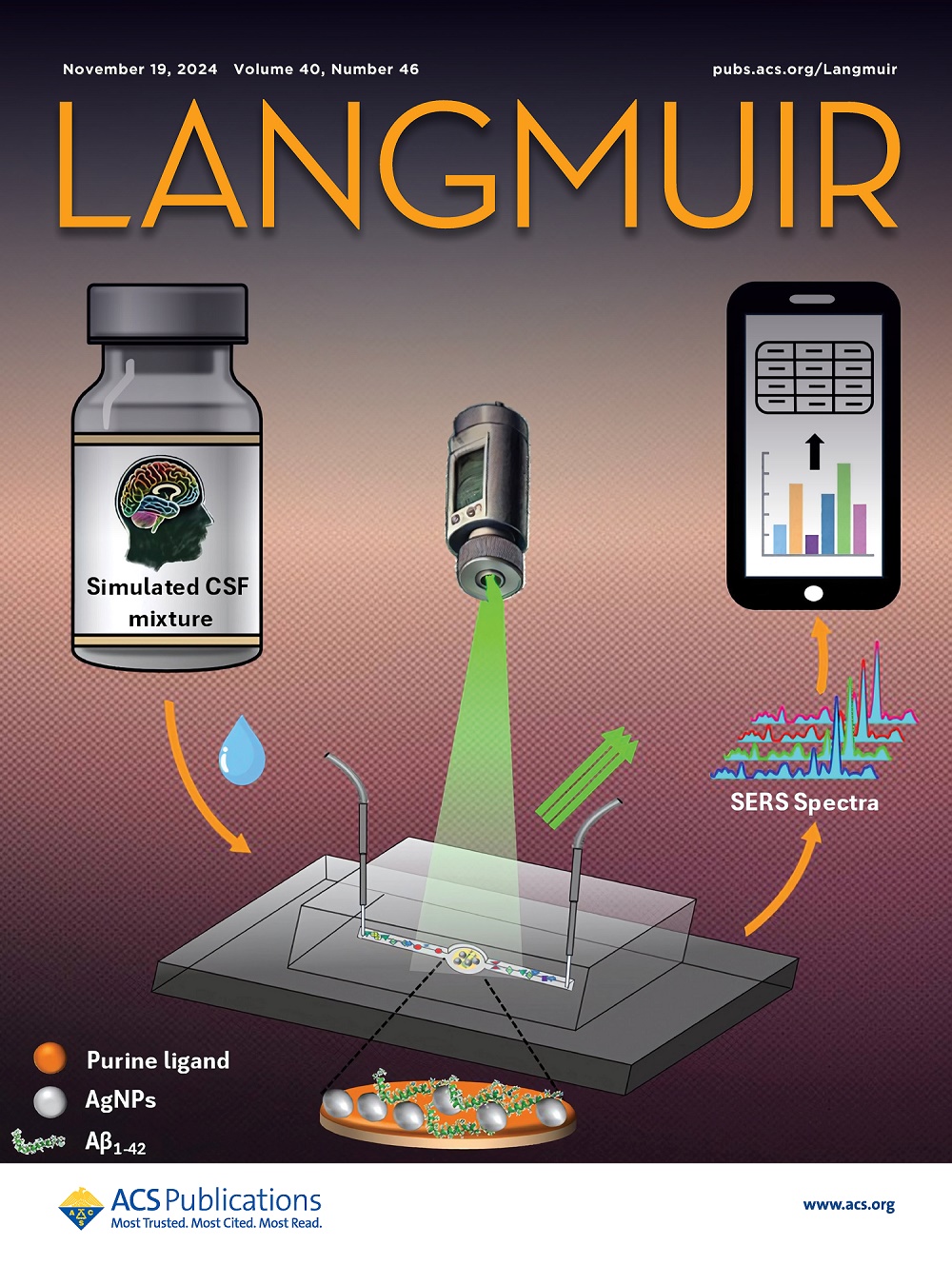Investigation on Piezoelectric Output Property of Bi2.5Na3.5Nb5O18 Modified P(VDF-TrFE) Piezoelectric Composite Films with Hierarchical Layer Structure.
IF 3.9
2区 化学
Q2 CHEMISTRY, MULTIDISCIPLINARY
引用次数: 0
Abstract
In this study, Bi2.5Na2.5Nb5O18 (BNN5)/poly(vinylidene fluoride-trifluoroethylene) (P(VDF-TrFE)) piezoelectric composite films were prepared via electrospinning technology. Meanwhile, the uniaxial intermittent alternating dual-spray method was employed to obtain composite films with alternating concentration variations of BNN5, which were then utilized to fabricate piezoelectric nanogenerators (PENGs). Among them, the composite film with a BNN5 content of 3/5 wt % exhibited the optimal β-phase proportion, reaching 85.1%. The piezoelectric output performance of this composite film was significantly enhanced: it had an output voltage as high as 25.3 V, which was 339.2% higher than that of the P(VDF-TrFE) film and 54.7% higher than that of the 4 wt % composite film with the same concentration. When the resistive load was 1 MΩ, the peak instantaneous output power was 38.3 μW, with a calculated current of 6.2 μA and an output power density of 5.1 μW/cm2. Both the current and power were higher than those of most reported PVDF/P(VDF-TrFE)-based piezoelectric films. The durability test with over 2200 cycles demonstrated that the piezoelectric composite film had excellent mechanical stability. This work presents a strategy to boost the output performance of piezoelectric composite films, namely, fabricating P(VDF-TrFE) composite films using the uniaxial intermittent alternating dual-spray technique, to meet the requirements of wearable and flexible electronic devices.Bi2.5Na3.5Nb5O18改性P(VDF-TrFE)层状压电复合薄膜压电输出性能研究
本研究采用静电纺丝技术制备了Bi2.5Na2.5Nb5O18 (BNN5)/聚偏氟乙烯-三氟乙烯(P(VDF-TrFE))压电复合薄膜。同时,采用单轴间歇交替双喷法制备了BNN5浓度交替变化的复合膜,并将其用于制备压电纳米发电机(peng)。其中,BNN5含量为3/5 wt %的复合膜β相比例最佳,达到85.1%。该复合膜的压电输出性能得到显著提高,其输出电压高达25.3 V,比相同浓度的P(VDF-TrFE)膜高339.2%,比相同浓度的4 wt %复合膜高54.7%。当电阻性负载为1 MΩ时,瞬时输出功率峰值为38.3 μW,计算电流为6.2 μA,输出功率密度为5.1 μW/cm2。电流和功率均高于已有报道的PVDF/P(VDF-TrFE)基压电薄膜。2200多次循环的耐久性试验表明,压电复合膜具有优异的力学稳定性。本文提出了一种提高压电复合薄膜输出性能的策略,即利用单轴间歇交替双喷涂技术制备P(VDF-TrFE)复合薄膜,以满足可穿戴和柔性电子器件的要求。
本文章由计算机程序翻译,如有差异,请以英文原文为准。
求助全文
约1分钟内获得全文
求助全文
来源期刊

Langmuir
化学-材料科学:综合
CiteScore
6.50
自引率
10.30%
发文量
1464
审稿时长
2.1 months
期刊介绍:
Langmuir is an interdisciplinary journal publishing articles in the following subject categories:
Colloids: surfactants and self-assembly, dispersions, emulsions, foams
Interfaces: adsorption, reactions, films, forces
Biological Interfaces: biocolloids, biomolecular and biomimetic materials
Materials: nano- and mesostructured materials, polymers, gels, liquid crystals
Electrochemistry: interfacial charge transfer, charge transport, electrocatalysis, electrokinetic phenomena, bioelectrochemistry
Devices and Applications: sensors, fluidics, patterning, catalysis, photonic crystals
However, when high-impact, original work is submitted that does not fit within the above categories, decisions to accept or decline such papers will be based on one criteria: What Would Irving Do?
Langmuir ranks #2 in citations out of 136 journals in the category of Physical Chemistry with 113,157 total citations. The journal received an Impact Factor of 4.384*.
This journal is also indexed in the categories of Materials Science (ranked #1) and Multidisciplinary Chemistry (ranked #5).
 求助内容:
求助内容: 应助结果提醒方式:
应助结果提醒方式:


